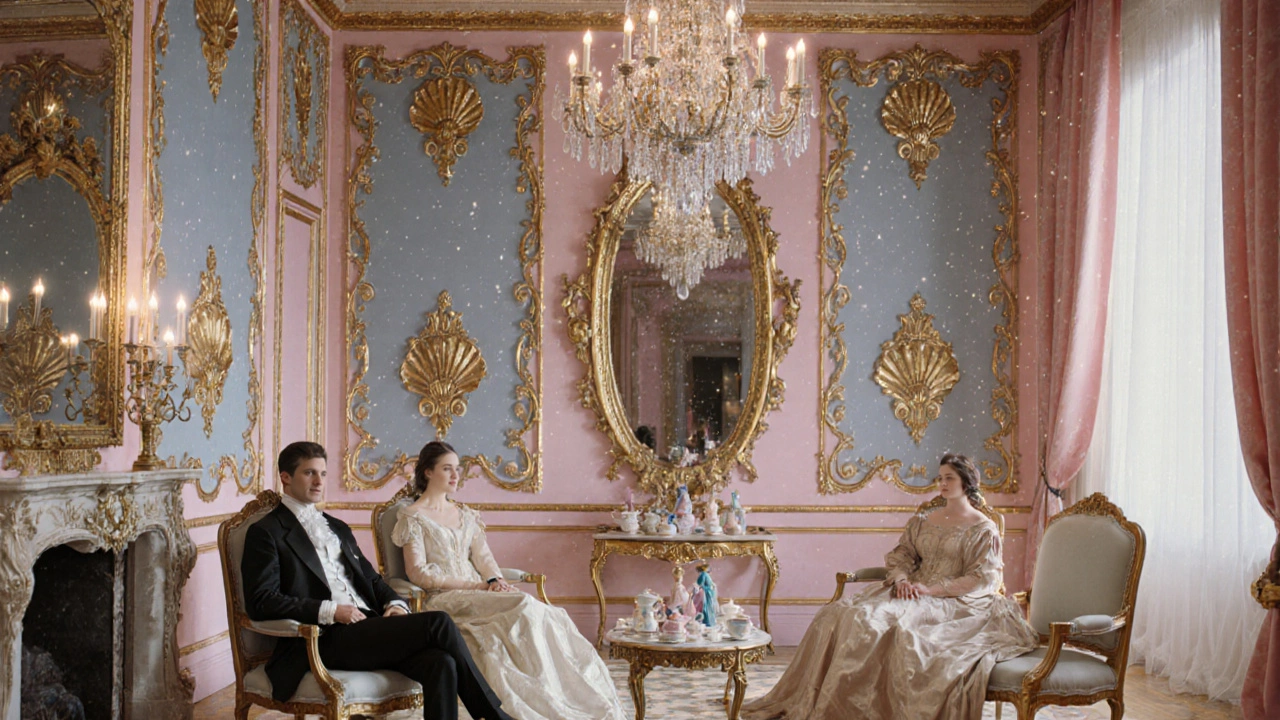Rococo Architecture
When talking about Rococo architecture, the ornate, light‑hearted style that flourished in 18th‑century France and spread across Europe. Also known as Rococo, it blends playful ornamentation with a love for comfort and elegance. Rococo art, the painting and decorative work that shares the same airy curves and pastel tones runs hand‑in‑hand with the architecture, while Baroque, the grand, dramatic predecessor that emphasized power and drama supplies the structural backbone that Rococo softened. The style thrives on three core ideas: curving forms that seem to breathe, pastel color palettes that calm the eye, and the patronage of the French aristocracy who wanted spaces that felt both luxurious and intimate.
Key Features and Influences
Rococo architecture encompasses asymmetrical scrolls, shells, and foliage motifs that spill across walls, ceilings, and façades. Those motifs didn’t appear in a vacuum – they stem from the French interior design, the 18th‑century trend of mixing furniture, wall coverings, and decorative arts into a cohesive, lively room. This interior focus means that every room feels like a single work of art, with gilded mirrors, intricate plasterwork, and chandeliers that sparkle like fairy lights. Pastel colors such as soft pinks, blues, and ivory dominate, creating a gentle backdrop that lets the gold and silver details pop. In short, Rococo architecture requires a keen eye for balance – too much ornament can feel chaotic, but just the right amount turns a hall into a playground for the senses.
Because the style was rooted in the tastes of the aristocracy, it also influences how we think about luxury today. The French court commissioned grand salons, private boudoirs, and garden pavilions that all followed the same playful logic. Those commissions show that Rococo architecture evolved from Baroque’s seriousness, yet kept the structural daring while adding a light, conversational tone. Modern designers still borrow this language – think of contemporary hotels that use curvy moldings and pastel accents to create a relaxed yet upscale vibe. Below, you’ll find a curated mix of articles that walk you through the history, key figures, and lasting impact of Rococo architecture, plus practical tips on spotting its features in buildings near you.

Rococo Art: 18th‑Century Revolution Explained
Explore Rococo, the 18th‑century artistic revolution, its origins, key traits, famous artists, architecture, and lasting influence in a clear, engaging guide.
Read more